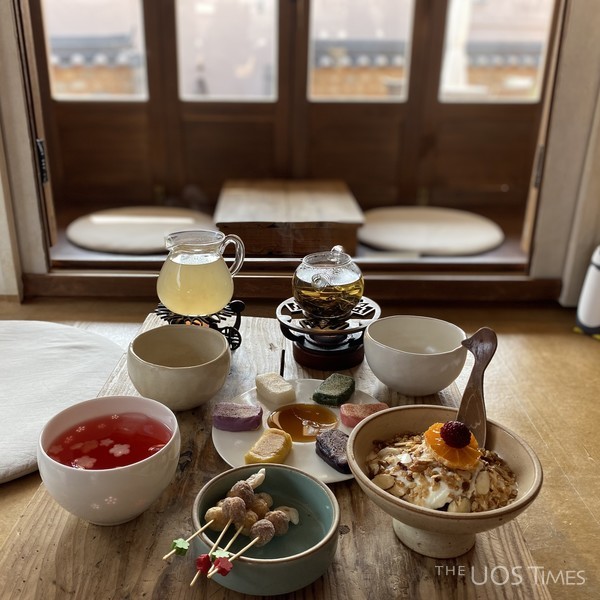
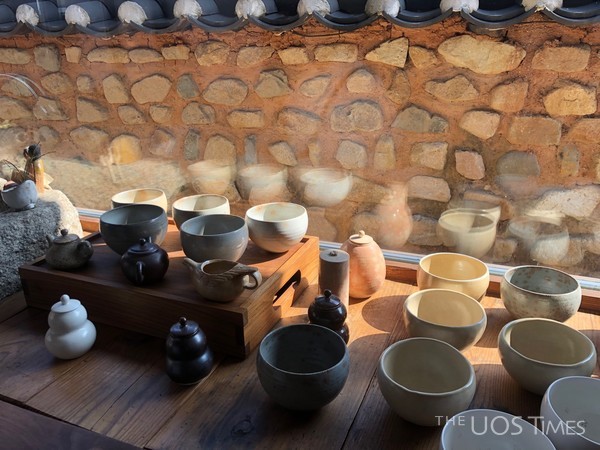
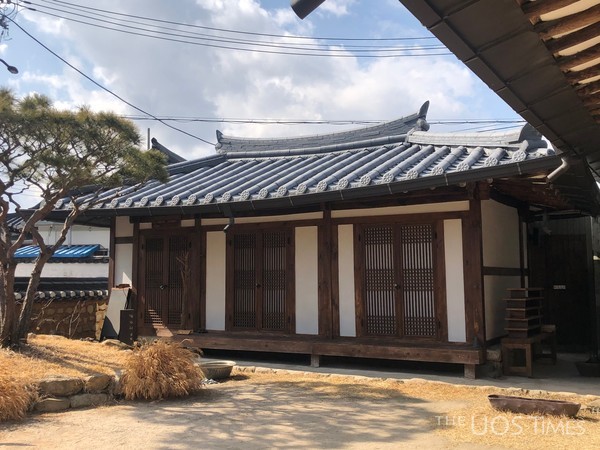
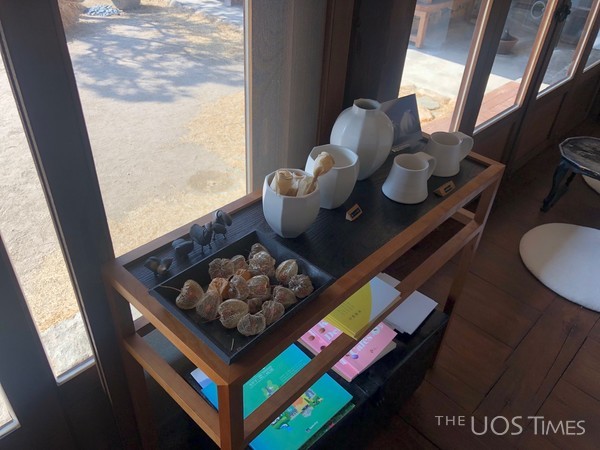
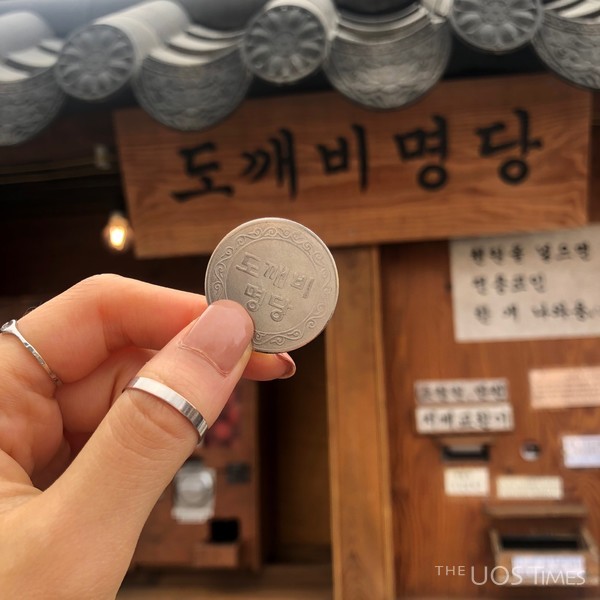
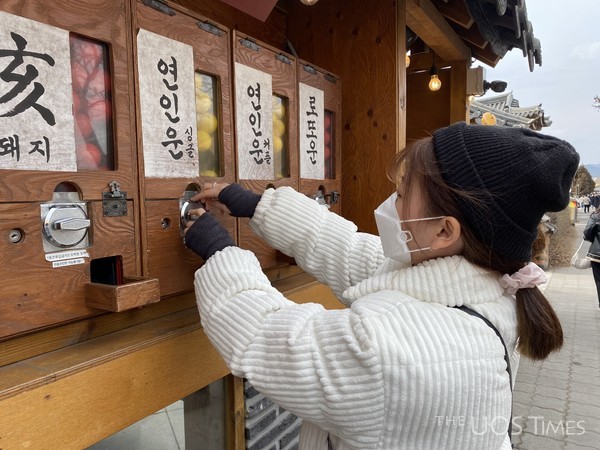
Gyeongju is the capital of Silla, a thousand years old country, and, the entire city has been listed as a UNESCO World Heritage Site. There are many historical reliecs in Gyeongju that stand out for the wisdom and status of ancestors, such as Cheomseongdae, Seokguram Grotto, and Daereungwon. However, Gyeongju is far from Seoul and the metropolitan area, and Silla is not as well-known as Joseon, so Gyeongju is somewhat unfamiliar from a foreigner's point of view. To capture a more vivid picture of Gyeongju, The UOS Times went out to cover a story for two nights and three days. In addition to the history and relics, we got to know more about Gyeongju through experiences such as making traditional liquor, attending a tea ceremony, and fortune-telling. Before introducing the relics of Gyeongju, The UOS Times will introduce the experiences.
Making traditional liquor
On the first day of the trip, The UOS Times headed to Yangdong Village, located in the north of Gyeongju, to experience making traditional liquor.
Yangdong Village was registered as a UNESCO World Heritage Site in 2010 and is Korea's representative with its long history as the largest traditional folk village. It is the most valuable village in terms of preservation, attraction, and historical context of traditional cultures that Son Clan of Wolseong and Lee Clan of Yeogang have cooperated with for more than 500 years.
It leads to hundreds of years old tiled houses in a beautiful natural environment, and there are 12 important folk materials and seven provincial-designated cultural properties. Meanwhile, Yangdong Village offers traditional cultural experience programs besides making traditional liquor. It is about a 30-minute drive from Gyeongju Terminal and downtown, and there is an entrance fee.
There are two options for the traditional liquor-making program: “Making Cheongju” and “Making Soju.” First, Cheongju is a traditional fermented liquor made from rice, yeast, and water as raw materials, and its color is clear and transparent. Cheongju is made in the same way as Makgeolli (Takju), which is common in Korea, and unlike Makgeolli, Cheongju is filtered out of rice-wine mash. To make Cheongju, first, steam the rice (Godubap), cool it down, mix the ground yeast with water, and put it in a jar. If the jar is placed in a warm place around 25 degrees Celsius, the liquor begins to ferment and is completed in four to five days at the earliest and seven to eight days at the latest. When fermentation is over, scoop the clear liquor at the top of the liquor jar, and it becomes Cheongju. In the Cheongju making experience, the host prepares cooked rice, and the participants mix yeast to knead it. It takes about 90–100 minutes.
Soju, a Korean distilled liquor, is divided into two categories: traditionally distilled soju and diluted soju based on alcohol. The former is a liquor made by distilling the base liquor soaked in grain. Diluted soju is a drink that was politically distributed to replace distilled soju, as making alcohol from the rice was prohibited due to food scarcity after the Korean War. The soju-making program is a process of making traditionally distilled soju, and you can participate in the process of distilling pre-made Cheongju using a soju pot (pot-shaped soju distillation device). It takes around 120 minutes.
Participants can take a bottle of alcohol they have made as well. It is recommended to savor the alcohol slowly during or after the trip. It will be a great opportunity to better understand Korean traditions and cultures along with memories of making alcohol yourself. Gyeongju is also full of other experiences to enjoy. Check out what kind of experience The UOS Times has added in the following article.

